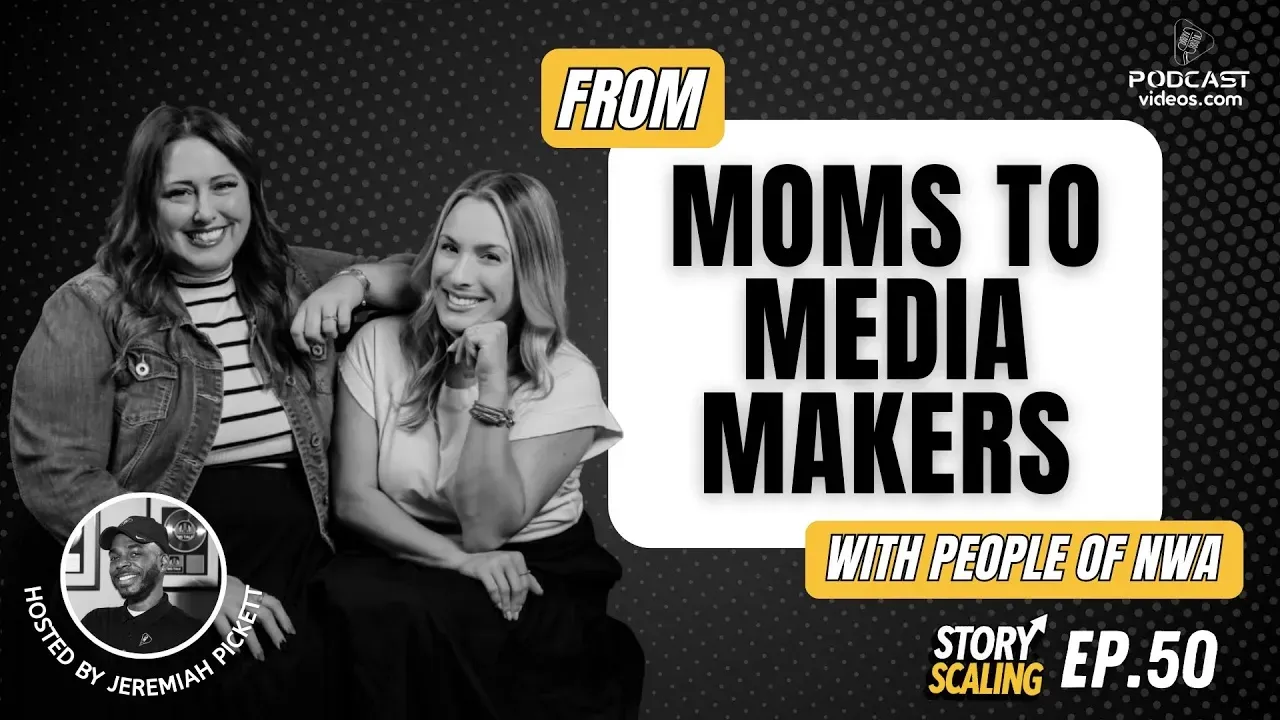Audio branding – using sound to shape your brand’s identity – is a powerful, underutilized tool for creators. When done well, sound taps into memory and emotion, amplifies recognition and deepens audience connection. This guide walks you through building your own audio branding kit so your content sounds as compelling as it looks.
1. Understand Why Audio Matters
Audio branding, or sonic branding, can boost recall and amplify emotional engagement. Studies show well-designed sound can enhance memory retention by up to 60% and foster brand loyalty. Iconic examples like McDonald’s “I’m Lovin’ It” jingle or Netflix’s “ta‑dum” prove how sound can instantly evoke brand identity.
2. Start with a Sound Design Style Guide
A sound style guide ensures consistency across every touchpoint. It should include:
- Brand personality and mood (e.g. upbeat & playful vs. calm & professional).
- Sonic logo or anthem specifications.
- Music, voice and sound‑effects guidelines with file formats, loudness levels and style references. This serves as your reference for all future audio content, keeping your brand cohesive.
3. Create Your Sonic Logo & Brand Anthem
A sonic logo – a short, distinctive audio signature – is the acoustic equivalent of a visual logo. It should be memorable, unique and aligned with your brand essence. A longer brand anthem can support longer-form content and be broken into adaptable variants like stings or layered cues.
4. Build Your Custom Sound-Effects Library
Just like a visual asset library, you need a curated collection of sound effects reflecting your brand’s tone such as transitions, swishes, ambient sounds and more. Kits like the Hybrid Sonic Branding Kit offer professionally designed SFX libraries perfect for intros, motion graphics and branding moments. These resources save time and spark creative inspiration while delivering high-quality, consistent audio.
5. Define Voice and Music Guidelines
If your audio kit will include voiceovers or background music, specify:
- The tone, age, accent or emotion behind the voice you want.
- Preferred genres, tempos, instrumentation and mood for music.
- Clear guidelines help maintain sonic consistency, whether you are using AI-generated voices or working with voice talent.
6. Assemble the Kit and Share It
Compile all your audio elements like sonic logo files, music tracks, SFX assets and voice references into an organized folder or shared drive. Include your style guide so collaborators or future you can easily follow the guidelines.
7. Implement Consistently Across Touchpoints
Consistent application reinforces audio recall. Use your sonic identity across all media. including podcasts, videos, ads, social content and interfaces so audiences begin to associate your sound with your brand. Consistency builds recognition and emotional resonance.
8. Review and Evolve Over Time
Your brand and audience preferences will change. Regularly revisit your audio kit to update your style guide, refresh sound assets and fine-tune your sonic logo to stay relevant and effective.
An audio branding kit is your brand's sonic fingerprint. By defining clear sound guidelines, crafting signature audio elements and applying them consistently, creators can elevate their storytelling, build recognition and connect emotionally with audiences. Develop your sound identity today and let your content be heard as well as remembered.









